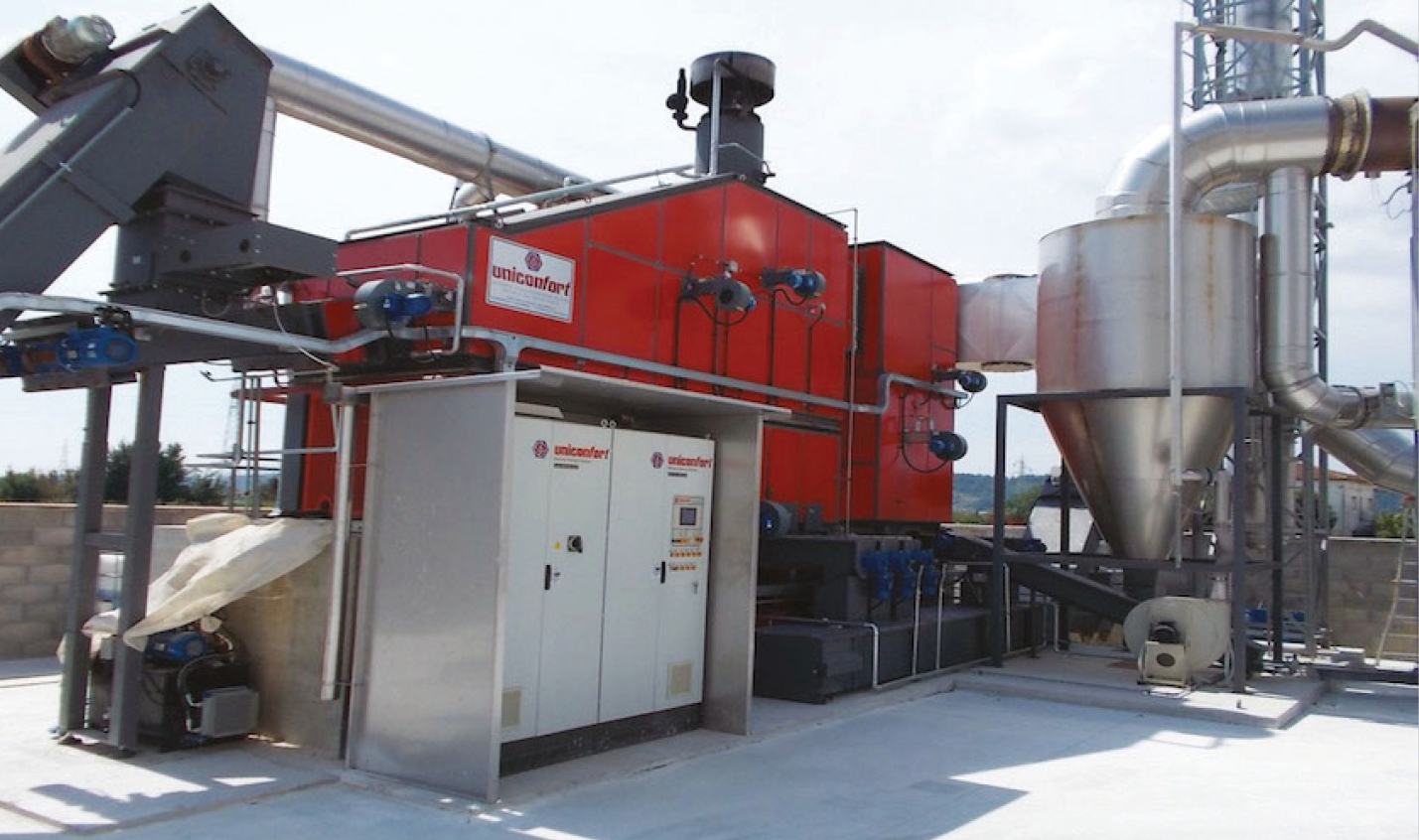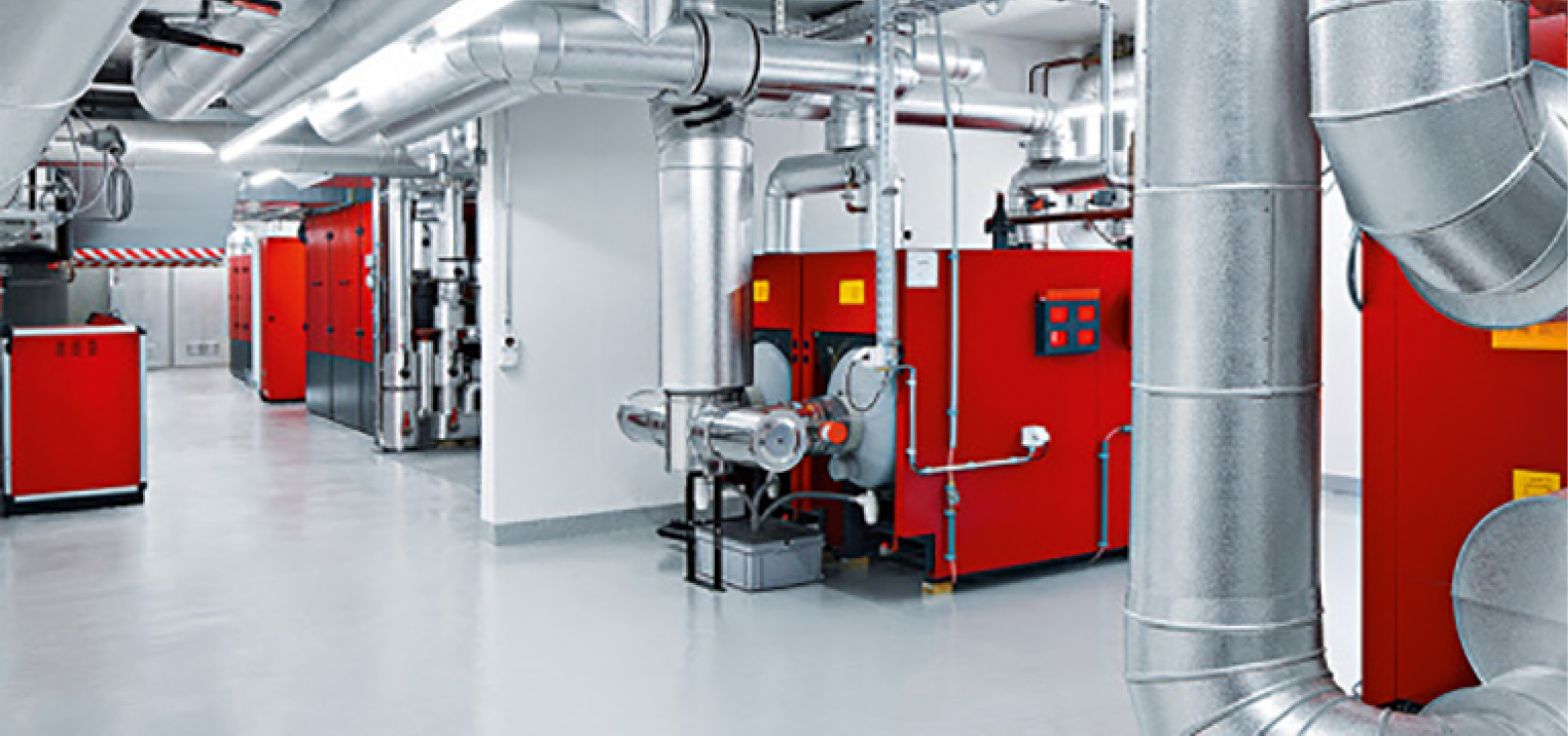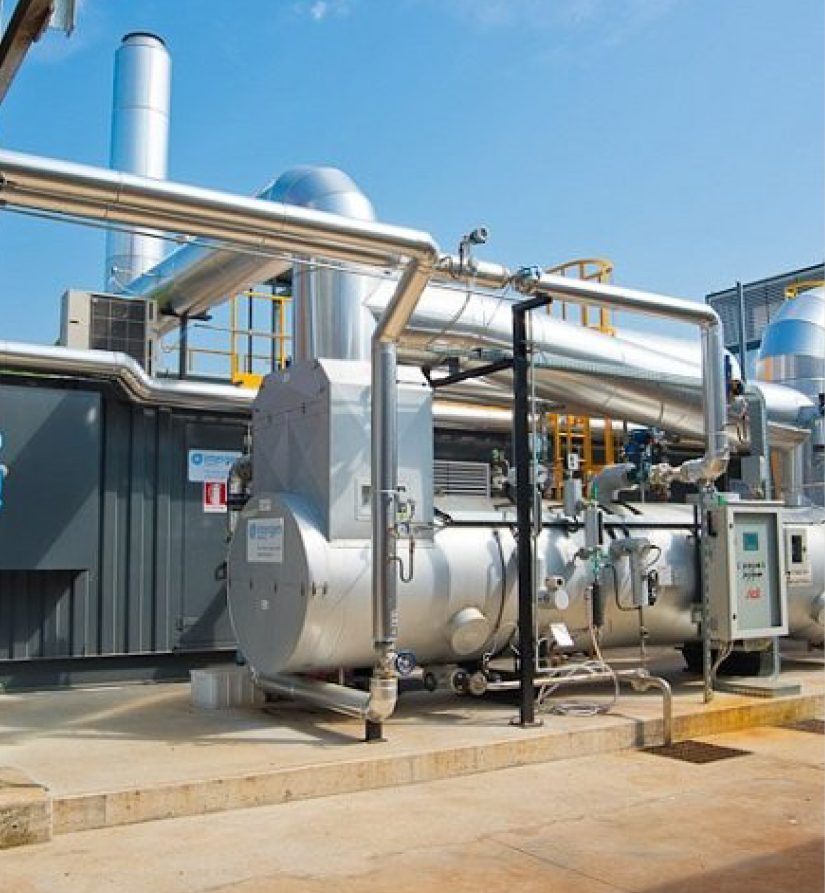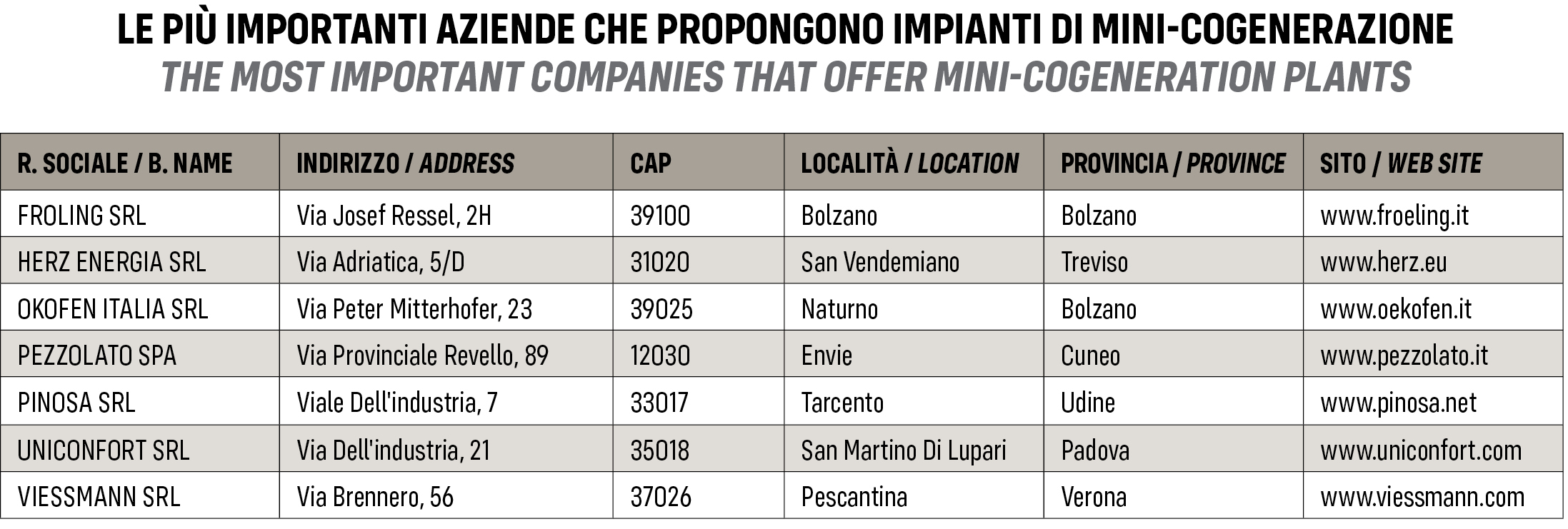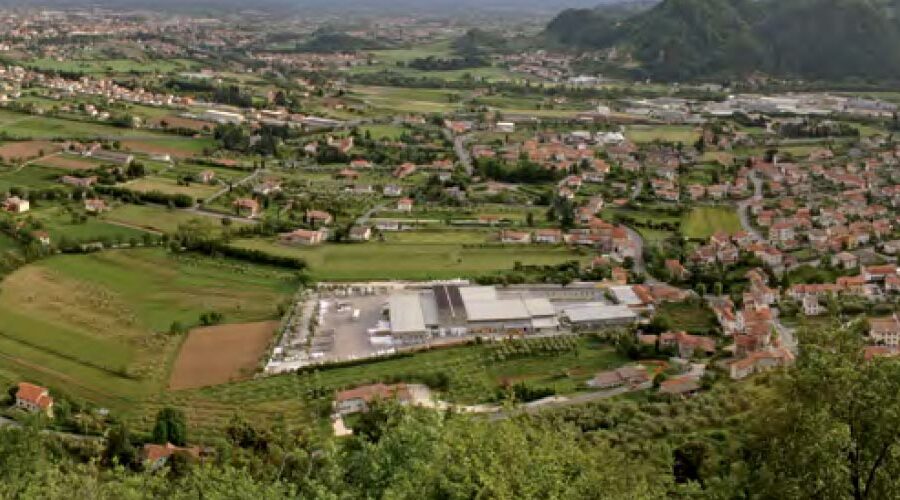How does Cogeneration work?
Typically, in a thermal power plant, only about 35% of the fuel is converted into electricity. The remaining 65% is not used and ends up dispersed into the environment as thermal energy. So why not recover it? This is the fundamental principle of cogeneration: a single plant produces double the energy, based on re-using one of the two parts that would otherwise be wasted.
Cogeneration takes place at special thermal power stations. It involves the recovery of hot water or process steam produced by a prime mover powered either (unfortunately) by a fossil fuel (natural gas, fuel oil) or by non-fossil organic fuels (biomass, biogas, synthetic gas). In this case, significant energy savings are achieved compared to the separate production of electricity and heat.
Advantages
Several positive aspects are associated with the cogeneration of thermal energy and electricity using a single plant:
- Environmental: reduced air pollution and less dependence on fossil fuels;
- Energetic: energy savings, lower fuel consumption, higher energy efficiency;
- Economic: lower costs, government incentives.
Mini-cogeneration
The widespread production of electricity and heat by small-scale generators powered by renewable sources represents a significant change in the cultural and technological model that has determined the expansion of the energy system, historically based on centralized electricity generation.
Today, this model is undergoing a major transformation with the widespread use of small and medium-sized generation plants, especially the cogeneration type (combined production of electricity and heat) aimed at achieving a more rational use of energy while reducing CO2 emissions into the atmosphere. These technologies now provide a new opportunity in contexts where agricultural or forestry resources and large quantities of various types of waste are present.
Investment and incentives
Investment in mini-generation plants leads to important business benefits for small and micro enterprises: it allows them to diversify their business and make a profit by feeding electricity into the grid at a government-subsidized rate. Moreover, in producing thermal energy an enterprise and nearby business and residential users can achieve energy autonomy.






